How I Turned Photography into a Career
8 Years & Counting

Like a lot of photographers will probably be able to say, photography has been a big part of my life since I was a kid. But from playing around with my parent's cameras, to finally being able to call myself a full-time, professional photographer, there have been a lot of steps in between.

I started my photography career pretty young, aged 16, and so most people would probably think it safe to assume that I always knew I was going to be a photographer, but that was never really true.
As a kid, I was always creative. I loved to draw and I loved to write. As a young teenager, I played around a lot with how I could monetise my creative passions and ended up falling into the realm of graphic design, which I went on to study at college and then further on at university.

As a graphic designer, a lot of your work utilises photography. Whether it’s for added texture or it’s important to the context of the work, often a graphic designer will rely on photography to help elevate a piece of work. I found myself searching free stock imagery sites for longer than I care to admit before deciding that it was time to take my own photographs to accompany my design work.
I remember the earlier cameras that I used were things like those digital cameras that are coming back into fashion, plastic-like point and shoots that didn’t allow you to do anything but click and take a photo. Later on I started to use my Mum’s old Olympus C8080WZ camera which performed a little more like a DSLR.

I was particularly interested in capturing texture and depth. I think, because it was the first time I was exploring things like depth of field, those were the sorts of things that initially captured my eye.
Later, I started taking more of an interest into street photography: documenting people and places. A couple of years on, I upgraded to what I truly consider to be my first proper camera: the Canon EOS 650D.

This crop sensor camera is the camera that I started my career with. From practising and learning how to shoot manually, to taking my first ever paid shoots, this camera is what I used.
At this point, I was still really into street photography but hadn’t really ventured into portraits until I accompanied some of my friends to a gig they were doing and I shot lots of behind-the-scenes portraits as well as my first attempts at live music photography. From here on, I spent a lot of time doing things like this, even going behind the scenes for music videos with friends that were giving music a go and capturing the energy of the shoot.

Around this time I also purchased the nifty fifty, a great lens because it produces great images but at a fraction of the cost of most lenses. With this lens, my interest in portraiture grew and I continued taking photos of my friends and family.

From attending the various events I had been going to and posting my photos online, I started to meet people who wanted to pay me to take their portrait, and so I started charging hourly for portrait sessions, mostly for musicians, small clothing brands or people I knew who were wanting to get into modelling.
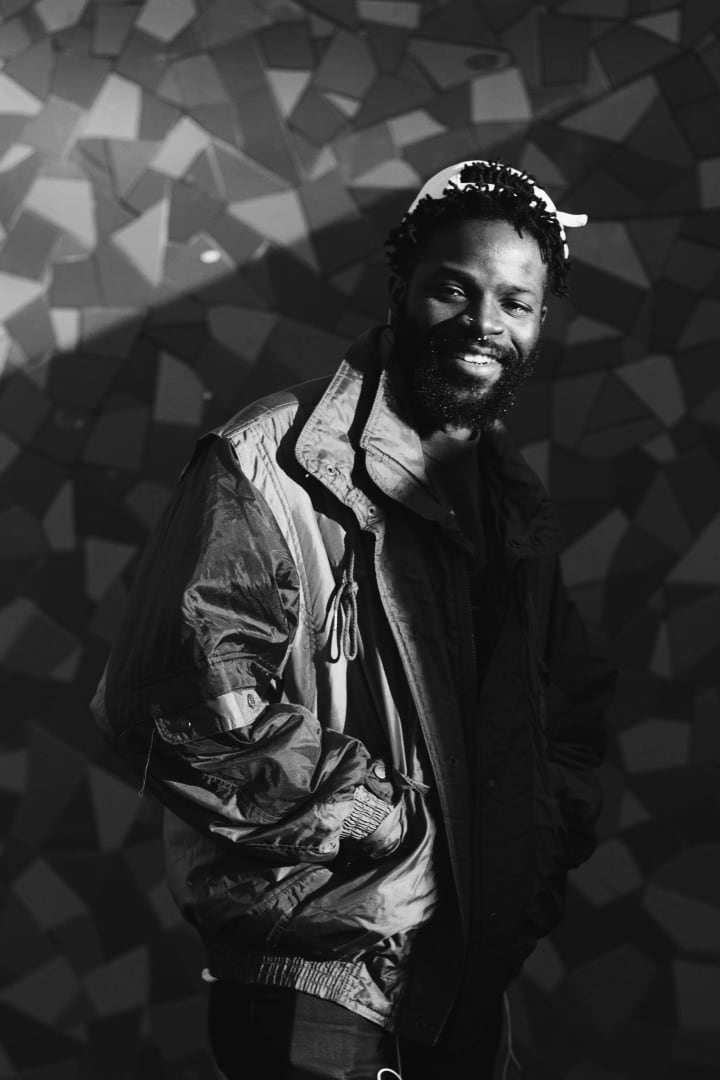
I think my first couple of shoots were priced at something like £30 an hour because I had no idea how much I should be charging or how to go about all of the business side of things. In fact, my first ever paid shoot, I didn’t even know that I could charge, and the model gave me like a handful of coins and notes from her pocket that amount to about £30 which is where I think the £30 figure originally came from.
After about a year or so of doing these small shoots, alongside college and alongside my part-time job, my friend and I decided that what London really needed (note the sarcasm) was yet another arts magazine, and so we started one.

I think that starting this magazine, of which we only ended up doing one print run in the end, was something that really taught me a lot about business.
Alongside graphic design, I was also studying media and business at college and I was lucky enough to have some really great tutors who took the time to help me when it came to starting a business and marketing it. I learned a lot about cash flow, registering a business, marketing and pitching, and we ended up photographing some really great people for the magazine, some of whom are still in my life today.
The summer we started the magazine was a real turning point for me, a time when I started to ramp up what it was I was learning and started to attract clients enough that I could really consider photography as a career option.
That summer bought Parklife festival, the first festival I ever attended. My friends and I travelled up to Manchester and I managed to get my Canon Eos 650D and nifty fifty lens to the front of the crowd and practice live music photography on a larger scale to the shows I’d been capturing in my local community.

Nothing manifested from doing so other than getting the practice in, but it is strange that I’ve shot for the festival itself as a part of it's media team for the past two years now. That feels like a real full-circle moment.

This was also the summer that I decided I needed to say goodbye to VSCO and actually learn how to edit my photos, and so I embarked on learning all about Adobe Lightroom and developing an editing style that isn’t too different to the one I use today.

I also started shooting weddings during this period. I’d seen an advert whilst I was at college one day from an agency who were looking for student photographers. They were paying really low prices for wedding photography, but as someone who was working a minimum wage job alongside my studies, the price definitely didn’t feel low for me at the time.

Doing weddings was one of those things where naivety worked in my favour. If, aged 17, I had known how much work and pressure shooting weddings would be, and how much I really didn’t know at the time that I probably should have, I wouldn’t have dived straight into the deep end in the way that I did. Thankfully for me, I was still able to create work that the clients were happy with and it taught me a lot about photography as well as showing me that you could start to make real money in the field.

Another defining point for me during this summer was that I got my first commercial job, one that had a set price and gave me an insight into what I should be, or at least could be, charging within the industry. It was the first time I had any insight into what commercial clients would pay, including things like licensing fees.
Even at this point, I was convinced that photography was just a side hustle for me. I loved it, I really enjoyed it, but I was about to leave for uni where I’d be studying graphic design and I thought that going into a design job would be the best, most safe and secure option for me.
Cue a move to Manchester.
Moving Cities
Freshly 18 and just starting to see some sort of movement in my career as a photographer, I left London, the place I’d grown up and the place where I’d made all of my contacts, and moved 200 miles away to Manchester.
Moving to Manchester was definitely a shock to the system. I think for anyone, moving away from everything you’ve ever known is a huge adjustment, but I was definitely met with a lot of confusing feelings as to whether or not I’d made the right move. I’d started to doubt that I even wanted a career in graphic design since I was enjoying my photography and starting to make money from it, and I’d left my part-time job to move to Manchester, thinking that I’d just continue with my photography as a part-time job alongside uni instead. I think that was a great idea in theory but I hadn’t factored in that I was now in a city where I didn’t know anyone, and so no one was going to hire me.
This was the point at which I started really getting into portrait photography. Lots of my experience in London had been in live music and press shots, mostly within RnB and UK rap, but I couldn’t find that scene as easily when I moved to Manchester. Instead, I reached out to modelling agencies, of which Manchester notoriously has lots, and offered my services.
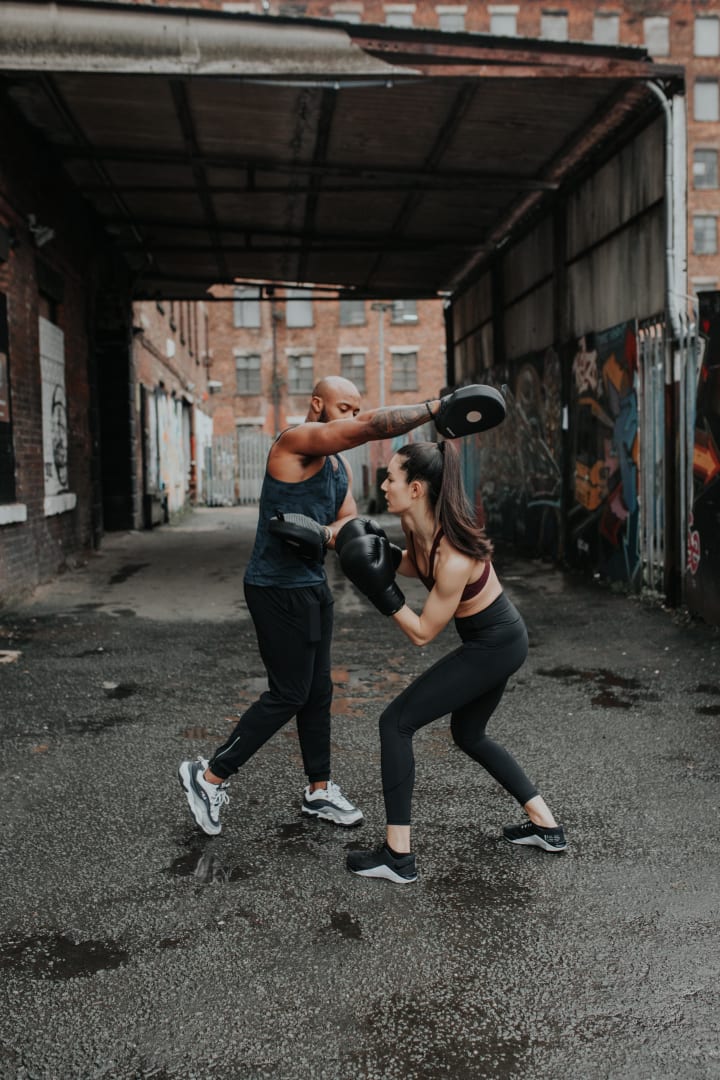
The way I got into working with modelling agencies was to test for them, for free, once, so they could get to know me and my services. I’d test with one of their new faces, deliver the photos and then, if they asked me to work more for them, I’d send them my rates. The first year or so of me living in Manchester was a mixture of me shooting for agencies in the city, working with their new faces boards, and then going home to shoot weddings for this wedding agency I’d been working for. Along the way, I did manage to pick up the odd commercial job, one of which took six months to pay me and introduced me to the wonderful world of chasing up invoices.
Diversifying and Content Creation
It was around this point in my career that I decided I wanted to diversify what I was doing, to be able to create additional streams of income and as a space for me to learn freely. That’s really around the time that this YouTube channel was born.
I’d built a small audience on Instagram who would often ask me photography-related questions, and so I decided to turn my answers into short videos that would form this channel. I wasn’t sure if I’d ever be able to make money on YouTube but I knew it was a good way of engaging with my audience and reaching others.
I also really wanted to learn more about videography, and I felt as though starting a YouTube channel would force me into that realm. This was before short-form videos really took off and so wanting to develop video skills wasn’t initially because of the demand for photographers to be able to create video content, but it definitely came in handy when that became the way that the industry was moving.
Starting a YouTube channel taught me so much more about business and creativity: I had to learn about video, about frame rates, audio, continuous lighting, music, I had to learn more about marketing myself and my content and structuring my ideas.
Delving into the world of online content creation bought a lot of new challenges and exciting opportunities for me. I found that I was beginning to attract clients through some of my more popular videos and I also started to create courses for Skillshare, which is something that I still do and still love doing.
Finishing my Degree
The next two years were a balance between finishing my degree, even though I was fairly certain I didn’t want to be a graphic designer anymore, and supporting myself financially through any photography jobs I could find. I began to learn what I should be charging, and slowly creeping up my price. I started to develop long-term, repeat clients which helped to reduce my anxiety around how much money was coming in each month. I continued working for modelling agencies and shooting weddings but eventually branched out from the agency I had been working with and was able to set my own prices which were more in line with industry standards. I even began booking destination weddings and my photography career began to introduce me to new cities that I’d probably never have thought to visit otherwise.
During these two years, I struggled a lot with the fact that I was still in education. I felt as though I couldn’t truly dedicate the time and energy to growing my business in the way that I wanted to and this was definitely a source of frustration for me.
As 2020 rolled in, I was counting down the days until I graduated.
Going Full Time (in 2020)
2020 was, of course, not the year I had expected it to turn out to be. At the time, it felt like I was graduating and leaving the safety of education at the worst possible time which, in many ways, was true.
With the pandemic on our hands, the large majority of my photography work came to a halt. I was able to salvage some of the work I had, instead shooting products at home rather than lifestyle shoots as planned. I also doubled down on the content I was creating for YouTube and my video, shooting product photography at home, became one of my first YouTube videos to really leave my echo chamber and begin to grow my business.
I read a story once about a war from the 1500s where a conquerer arrived on new land with their army and burned their ships, sending the message that there was no turning back. I think about this often in regard to what it means for business. When you have no other option other than to make things work, that’s exactly what you do.
The pandemic was, in some ways, a blessing for my business. I don't, by that, mean that the pandemic itself was a blessing but rather the lesson that it taught me and the time that it forced me to take. It taught me the importance of diversifying my income but it also showed me how much I loved my job and how much I missed shooting portraits and events when I was faced with a scenario where I wasn’t able to. I think that this is the outlook that’s shaped much of how my business has operated in the couple of years since.
I’ve been making sure that I shoot the things that I want to shoot. I’ve gotten back into shooting live music photography, and on a scale I could have never imagined pre-pandemic. I’ve fallen in love with film photography and the process that comes with it. A lot has changed about the way I operate, as both a creative and as a business, in the last few years. But I guess this is where I’m up to, age 24 and almost 8 years into trying to make a career out of photography.

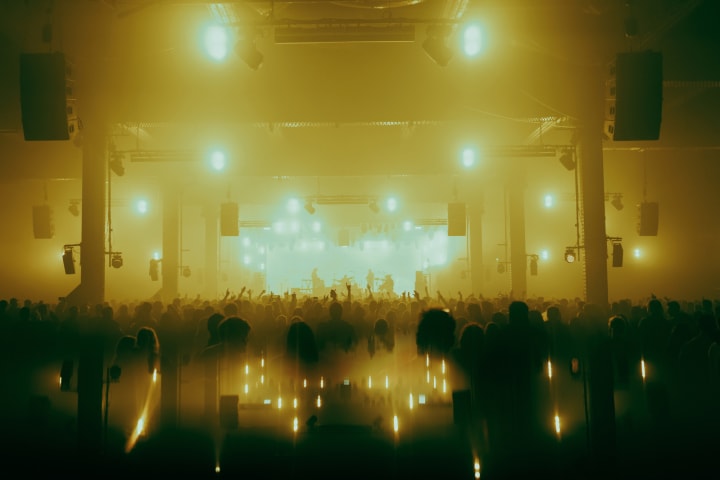
--
If you’re looking for more general advice about freelancing and the business side of being a photographer, I have a whole series on my YouTube channel all about photography business basics — from how to set up your business to which nichés make me the most money:
- How to Start Your Photography Business
- How to Build Your Portfolio & Find Your First Client
- Sole Trader vs Limited Company
- How to Make Money as a Photographer
- A Guide to Invoicing & Charging Late Fees
See more: Freelancing Tips & Business
About the Creator
Sophia Carey
Photographer and designer from London, living in Manchester.
sophiacarey.co.uk

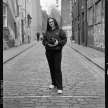
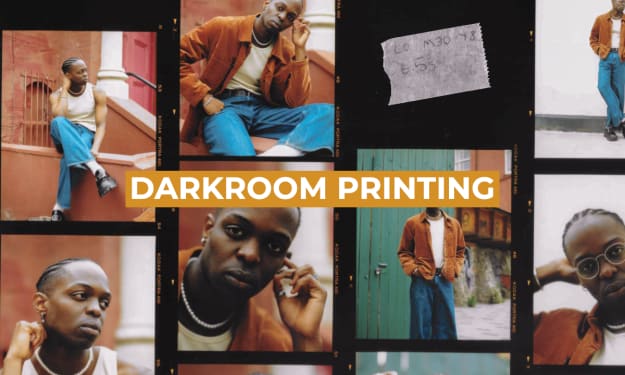

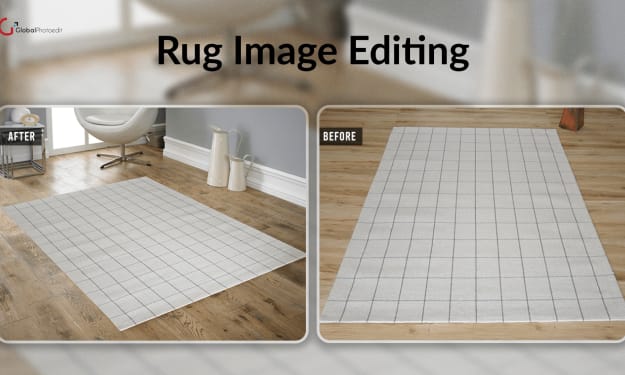

Comments
There are no comments for this story
Be the first to respond and start the conversation.